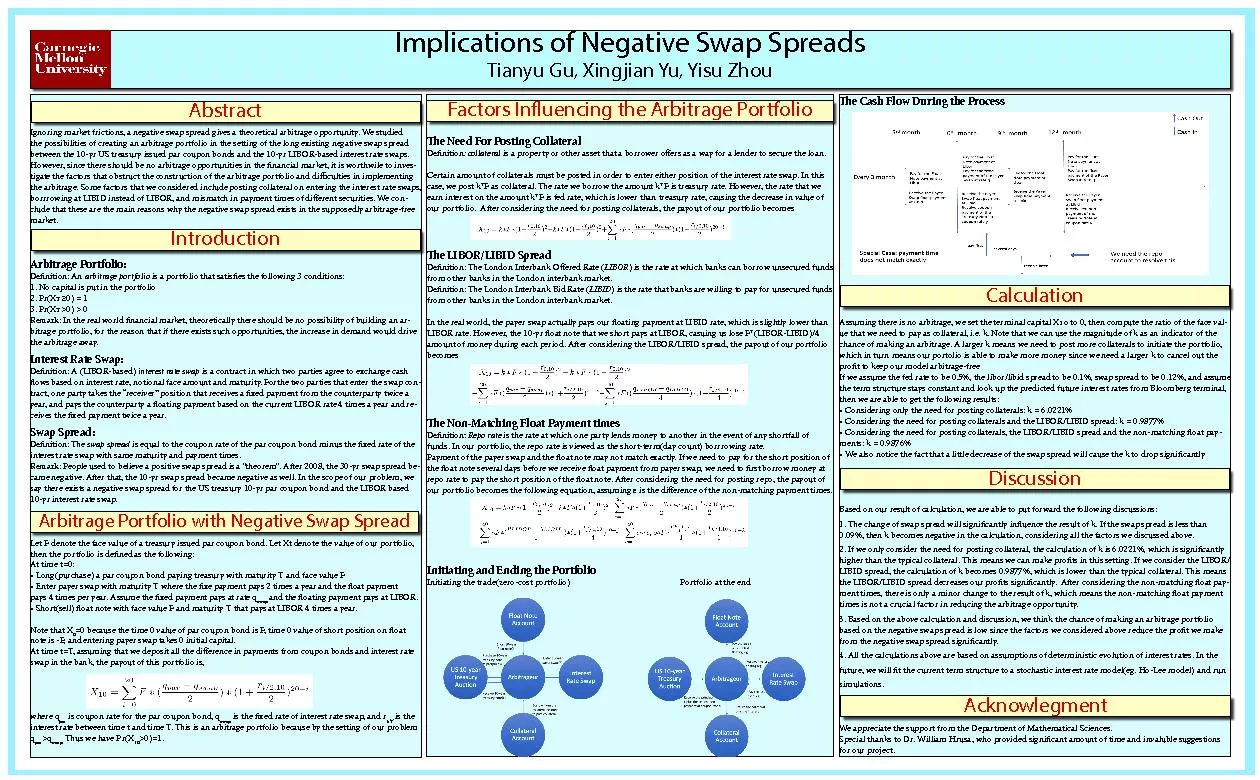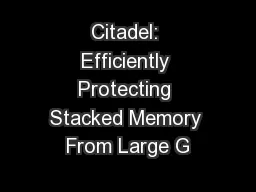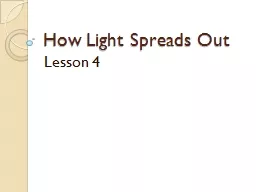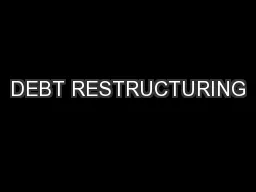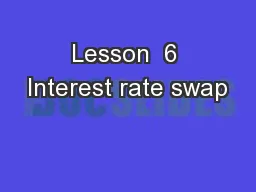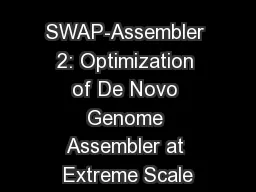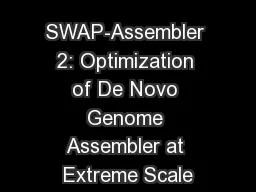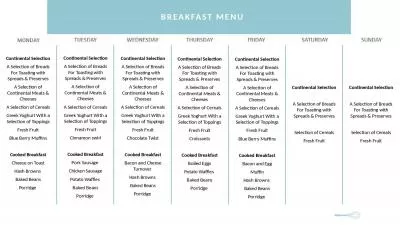PDF-Implications of Negative Swap Spreads
Author : susan | Published Date : 2020-11-23
Tianyu Gu Xingjian Yu Yisu Zhou Ignoring market frictions a negative swap spread gives a theoretical arbitrage opportunity We studied the possibilities of creating
Presentation Embed Code
Download Presentation
Download Presentation The PPT/PDF document "Implications of Negative Swap Spreads" is the property of its rightful owner. Permission is granted to download and print the materials on this website for personal, non-commercial use only, and to display it on your personal computer provided you do not modify the materials and that you retain all copyright notices contained in the materials. By downloading content from our website, you accept the terms of this agreement.
Implications of Negative Swap Spreads: Transcript
Download Rules Of Document
"Implications of Negative Swap Spreads"The content belongs to its owner. You may download and print it for personal use, without modification, and keep all copyright notices. By downloading, you agree to these terms.
Related Documents

